
High-Resolution Satellite Imagery for Hurricane Mitigation
Satellite Hurricane Imaging Satellite imagery for hurricane planning gives governments, state agencies, and emergency responders a powerful way to

LiDAR, which stands for Light Detection and Ranging, is a technology that uses laser light to measure distances and create detailed maps. When combined with drones, LiDAR becomes an even more powerful tool. This combination allows us to gather accurate 3D data over large areas quickly and efficiently.
Choosing the right drone with LiDAR is crucial for obtaining precise data that can be used in various industries, such as construction, forestry, agriculture, and environmental monitoring. The right setup can mean the difference between getting the data you need or missing important details.
Recent advancements in LiDAR technology have made it smaller, lighter, and more affordable. This means that even smaller companies and individual professionals can now use LiDAR drones to enhance their work. In this blog, we will provide a complete guide to LiDAR drones, including how they work, their benefits, and how to choose the right one for your needs. So, read till the end to find out which drone with LiDAR is right for you!

LiDAR works by sending out thousands of laser pulses towards the ground. These pulses bounce off objects, like trees or buildings, and return to the LiDAR sensor. By measuring how long it takes for the light to return, the system can calculate the distance to each object. This process happens very quickly, allowing for a large number of measurements to be taken in a short amount of time.
The data collected from these measurements creates what is known as a 3D point cloud. This point cloud is a collection of many individual points that represent the surface of the Earth or objects on it. With specialized software, these points can be processed into detailed 3D models, which are incredibly useful for mapping and analysis.
Comparison of LiDAR with other traditional sensing technologies like Radar and Sonar:
Feature | LiDAR | Radar | Sonar |
Technology Type | Laser-based | Radio waves | Sound waves |
Distance Measurement | Very precise (centimeter level) | Moderate precision (meter level) | Varies (depth measurement) |
Best Use Cases | Mapping, topography, vegetation analysis | Weather detection, aircraft | Underwater mapping |
Limitations | Affected by weather (fog, rain) | Less effective in dense environments | Limited to underwater use |
LiDAR’s use of laser pulses makes it particularly effective for 3D mapping. It can penetrate dense vegetation, allowing it to gather accurate data in environments where other methods may struggle. This precision is critical for creating high-quality models that can be used in many fields.
In conclusion, understanding how LiDAR technology works is key to leveraging its benefits. Whether you are looking to map an area for construction, analyze forest health, or conduct archaeological surveys, LiDAR drones provide an excellent solution for achieving precise results.
By combining LiDAR with drones, we unlock new possibilities for data collection and mapping that were previously unavailable.
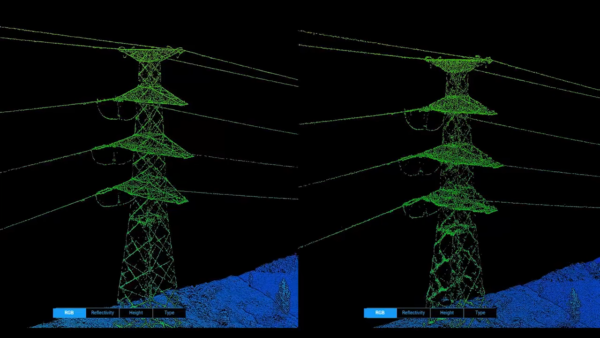
LiDAR Accuracy refers to the precision with which a LiDAR system can measure distances and capture data about the environment. It is influenced by several factors, including the technology used, sensor calibration, and environmental conditions.
Before the introduction of drones with LiDAR, collecting LiDAR data was a complicated process. Here’s how it was typically done:
These traditional methods had their advantages, but they also came with significant drawbacks. They were time-consuming, costly, and often lacked the precision needed for detailed analysis.
Now, let’s look at how LiDAR for drones has changed everything. Drones equipped with LiDAR sensors have made data collection faster, cheaper, and more efficient.

The rise of LiDAR drones can be attributed to significant improvements in LiDAR technology. Here are some key advancements:
The cost of LiDAR sensors has decreased significantly over the years. This reduction in price has lowered the barrier to entry for many companies looking to adopt this technology. Here’s how:

Choosing the right drone with LiDAR technology is crucial for collecting accurate and detailed spatial data. LiDAR drones have transformed the way various industries gather and analyze information about the environment. When selecting a LiDAR camera for your drone, it’s important to consider several key factors. Here are some essential points to help guide your decision.
Before you select a LiDAR drone, think about what you need it for. Different projects require different specifications. For example:
Flight time directly impacts how much area you can cover during a single operation. Look for drones with LiDAR that have longer battery life to maximize your data collection efforts. A drone with a flight time of at least 30 minutes is ideal for extensive projects.
After data collection, processing that data is essential for creating usable models. Some LiDAR drones come with integrated software that allows for immediate processing of the collected data, while others might require additional software packages. Here’s what to consider:
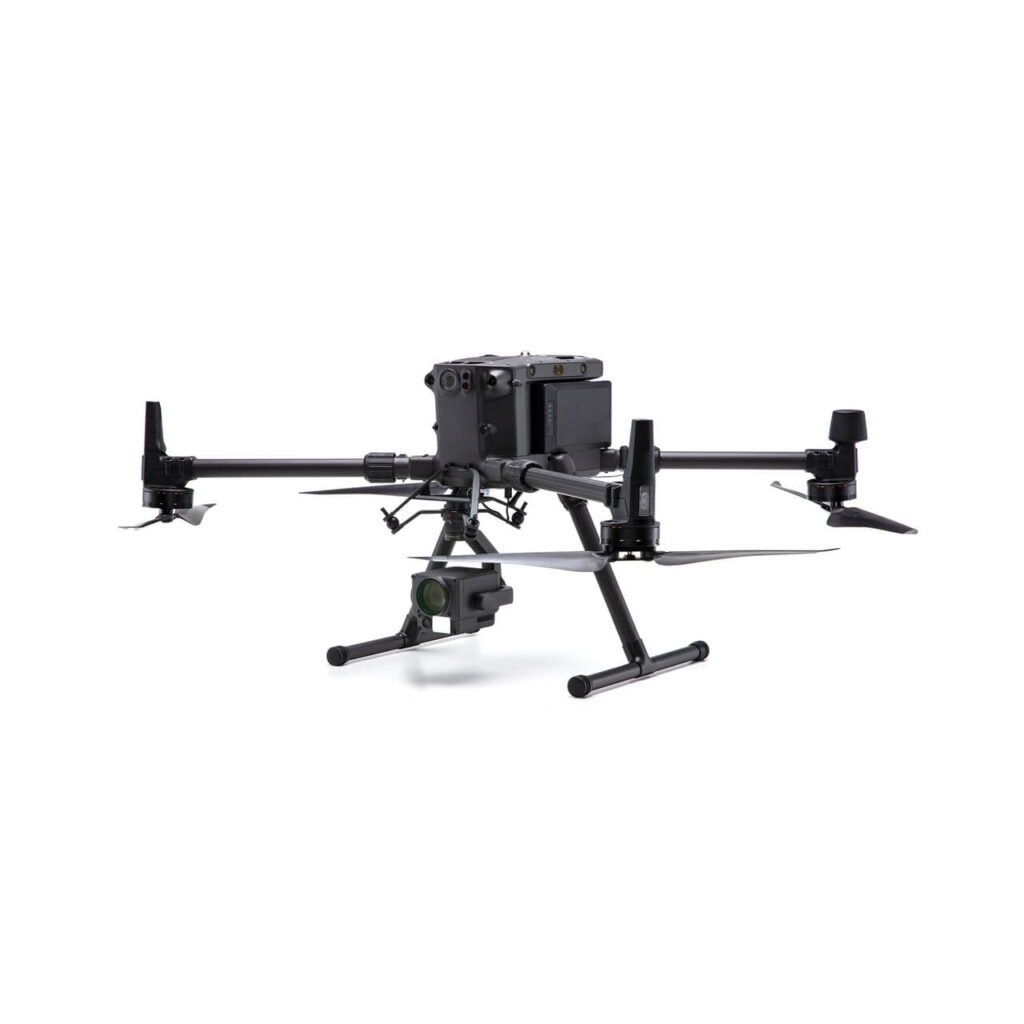



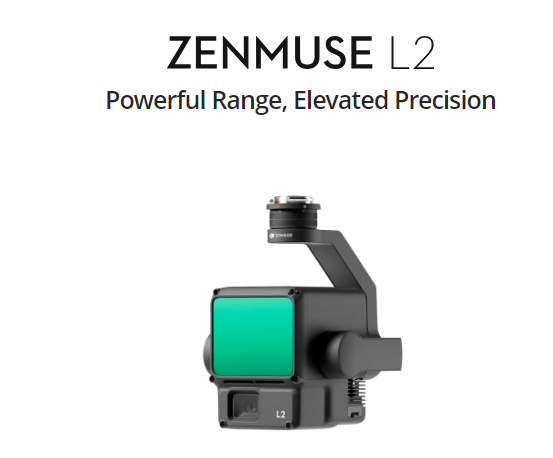
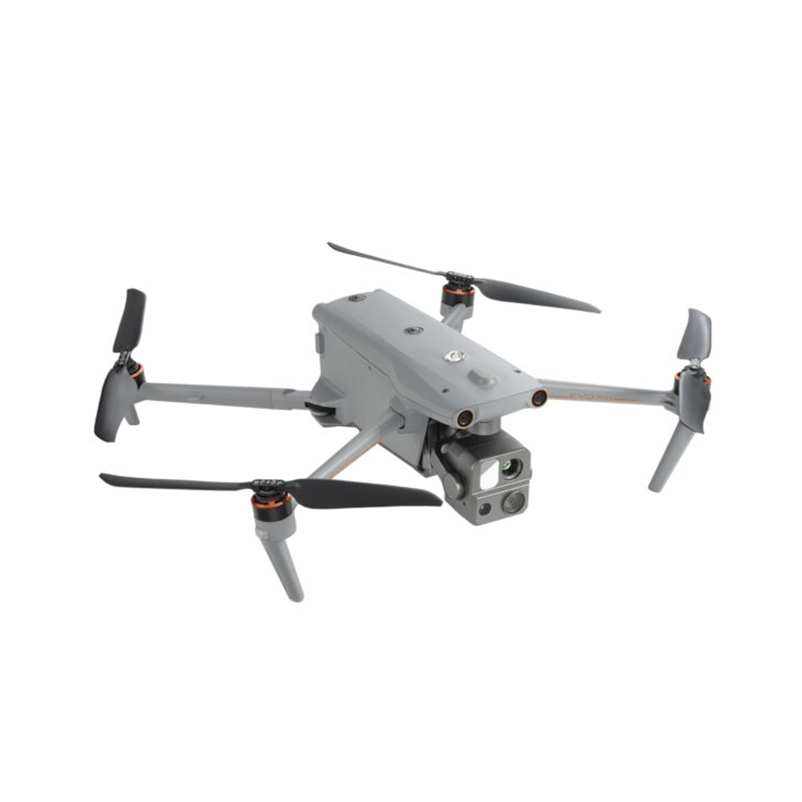
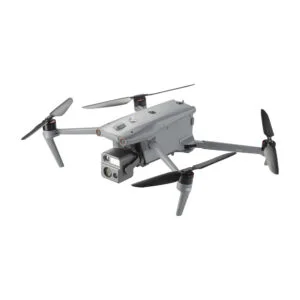
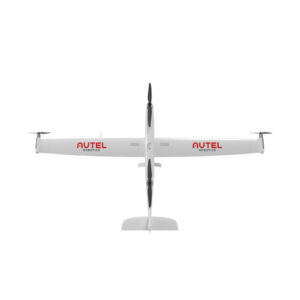
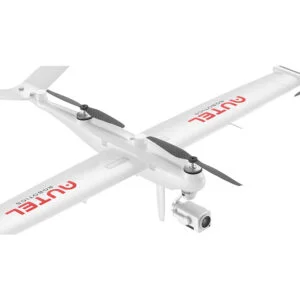

Autel Robotics doesn’t have proprietary LiDAR sensors like DJI’s Zenmuse L1, but its drones, especially the EVO Max and Dragonfish series, are compatible with third-party LiDAR systems from manufacturers like Velodyne, RIEGL, and Phoenix LiDAR.
Drone Model | LiDAR Camera | Applications | Flight Time | Cost (approx.) |
DJI Matrice 300 RTK | DJI Zenmuse L1 | Surveying, mapping, forestry | Up to 55 mins | £10,000 / $13,000 / AED 47,500 / ₹10,75,000 |
DJI Matrice 350 RTK | DJI Zenmuse L1 | Industrial inspection, topographic mapping | Up to 55 mins | £13,500 / $17,500 / AED 64,500 / ₹15,00,000 |
DJI Matrice 600 Pro | Third-party (RIEGL, Velodyne) | Large-scale surveys, agriculture | Up to 40 mins | £6,000 / $8,000 / AED 30,000 / ₹7,00,000 |
DJI Matrice 200 Series (M210) | Third-party LiDAR | Infrastructure inspection, mapping | Up to 38 mins | £3,500 / $5,000 / AED 18,500 / ₹4,50,000 |
Autel EVO Max 4T | Third-party LiDAR | Surveying, infrastructure inspection | Up to 40 mins | £3,000 / $4,000 / AED 14,500 / ₹3,50,000 |
Autel EVO Max 4N | Third-party LiDAR | Night-time mapping, search and rescue | Up to 40 mins | £3,200 / $4,200 / AED 15,500 / ₹3,80,000 |
Autel EVO Max 4RTK | Third-party LiDAR | Precision mapping, industrial applications | Up to 40 mins | £3,500 / $4,500 / AED 16,500 / ₹4,00,000 |
Autel Dragonfish Standard | Third-party LiDAR | Long-range mapping, forestry | Up to 60 mins | £7,000 / $9,000 / AED 33,000 / ₹8,00,000 |
Autel Dragonfish Lite | Third-party LiDAR | Short-range surveys | Up to 40 mins | £5,000 / $6,000 / AED 22,000 / ₹5,50,000 |
Autel Dragonfish Pro | Third-party LiDAR | High-precision mapping, infrastructure | Up to 60 mins | £9,000 / $12,000 / AED 44,000 / ₹10,50,000 |

The process of how LiDAR works with drones begins with the emission of laser pulses:
After the pulses are reflected, the next step involves calculating the distances:
Each pulse contributes to a larger dataset known as a “point cloud”:
Once the point cloud is created, it must be processed:
Finally, GPS technology plays a crucial role in ensuring spatial accuracy:
Drones equipped with LiDAR sensors offer remarkable precision, capturing aerial data with an accuracy of centimeters. This level of accuracy is essential for creating detailed 3D models of landscapes and structures. Whether you’re mapping a construction site or surveying a forest, the precise measurements provided by LiDAR ensure that every detail is captured accurately. This not only helps in creating reliable data but also aids in making informed decisions based on the collected information.
One of the standout features of drones with LiDAR is their ability to penetrate dense vegetation and other obstacles. This capability is especially important in areas like forestry and urban planning. Traditional mapping methods can struggle in areas with heavy tree cover or buildings, but LiDAR for drones can easily measure ground surfaces even when they are hidden beneath foliage. This ability allows land surveyors and environmental scientists to gather crucial data that was once difficult to obtain, helping to ensure better planning and management of natural resources.
LiDAR-equipped drones can rapidly cover large areas, making them highly efficient for data collection. Unlike traditional surveying methods that require significant time and labor, drones can fly over vast expanses and gather detailed information in a fraction of the time. This efficiency not only saves money but also allows for timely data collection. With the ability to quickly gather intricate details, LiDAR drones provide organizations with the data they need to make swift and informed decisions.
The adaptability of drones with LiDAR sensors makes them suitable for a variety of applications across different industries. In construction, they can be used for site surveys, helping builders assess land before starting projects. In agriculture, farmers can utilize LiDAR drones to monitor crop health and optimize irrigation systems. Their versatility extends to environmental monitoring, disaster management, and more. This wide range of applications demonstrates how LiDAR for drones can be integrated into many sectors, enhancing their effectiveness.
Feature | LiDAR | Photogrammetry |
Measurement Method | Uses laser pulses to measure distances | Uses photographs to estimate distances |
Accuracy | Centimeter-level accuracy | Lower precision, dependent on quality of images |
Vegetation Penetration | Can penetrate dense foliage and obstacles | Struggles with dense cover |
Data Collection Speed | Rapid coverage of large areas | Slower, requires multiple images |
3D Model Detail | Generates detailed point clouds | Creates visually rich, but less detailed, models |
When deciding whether to use LiDAR drones or photogrammetry, it’s important to consider the specific project requirements and the environment:
LiDAR drones have transformed how industries collect, analyze, and utilize spatial data, enabling more informed decision-making and operational efficiency. Their ability to capture precise, high-resolution data across different environments makes them essential tools in various fields. Below are detailed applications of drones with LiDAR technology, highlighting their unique contributions.
Industry | Application | Benefits |
Agriculture | Monitoring crop health and soil properties | Identifies issues like disease and optimizes irrigation |
Archaeology | Mapping hidden structures beneath vegetation | Preserves archaeological sites with non-invasive methods |
Construction | Site surveys and progress tracking | Enhances decision-making with real-time data |
Disaster Management | Rapid assessment of affected areas | Aids in recovery planning and resource allocation |
Environmental Monitoring | Tracking ecosystem changes | Supports conservation efforts and policy-making |
Forestry | Assessing tree health and biomass | Enables sustainable forest management |
Infrastructure Inspections | Inspecting bridges, roads, and dams | Identifies hazards and reduces inspection time |
Mining | Mapping and monitoring mining sites | Improves operational efficiency and safety |
Pipeline Monitoring | Checking for leaks and corrosion in pipelines | Enhances maintenance planning and safety |
Power Line Inspections | Monitoring power lines for vegetation encroachment | Ensures reliability and safety of electrical infrastructure |
Railway Inspections | Assessing track conditions and vegetation encroachment | Supports maintenance and operational efficiency |
Telecommunications | Planning efficient networks and infrastructure | Improves connectivity and service quality |
Topographic Mapping | Creating high-resolution maps for land surveying | Aids in geological studies and infrastructure planning |
Urban Planning | Designing efficient transportation systems | Supports disaster preparedness and zoning |
Wildlife Habitat Analysis | Mapping terrain and vegetation for wildlife studies | Assists in tracking animal populations and conservation planning |

In agriculture, LiDAR drones are revolutionizing farming practices by offering farmers critical insights into their crops and land. The technology allows for more precise management of resources, ultimately enhancing yield and sustainability.
LiDAR drones are a game changer for archaeologists, allowing for the exploration of historical sites without disturbing the ground, which preserves delicate structures and artifacts.
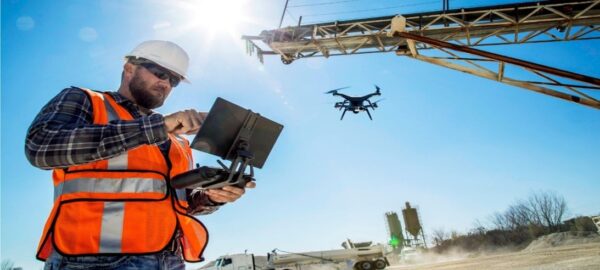
In construction, LiDAR-equipped drones facilitate better planning, management, and execution of projects, leading to improved outcomes.

LiDAR drones are instrumental in tracking environmental changes, supporting sustainability and conservation initiatives.
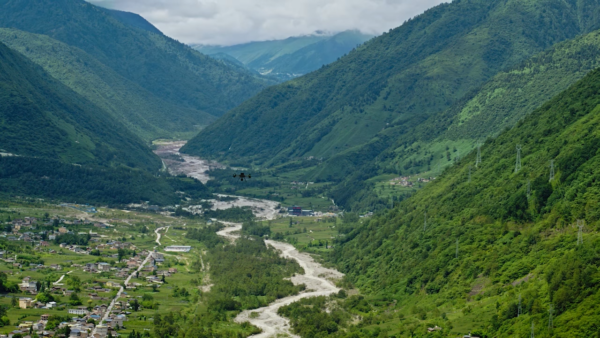
In forestry, LiDAR drones support sustainable management and conservation by providing in-depth analysis of forest ecosystems.

LiDAR drones are essential for maintaining critical infrastructure, improving safety and reliability.

In mining operations, LiDAR drones enhance safety and efficiency by providing accurate data on terrain and resources.
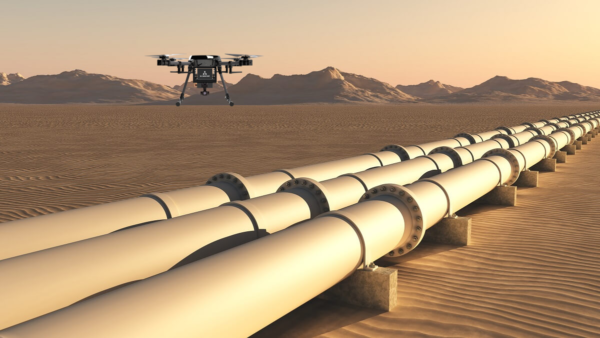
LiDAR drones provide a crucial role in maintaining the integrity and safety of pipeline networks.

LiDAR drones are vital for ensuring the safety and reliability of power distribution systems.
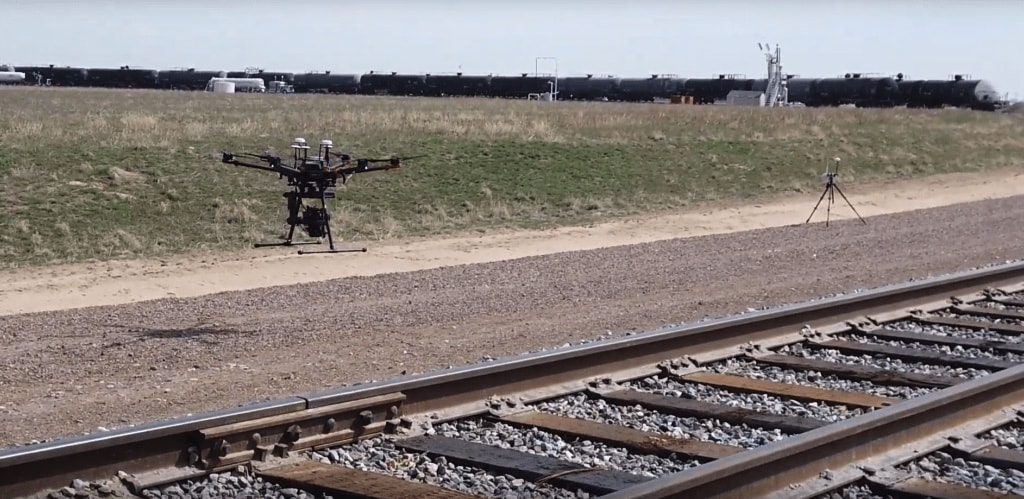
LiDAR drones are invaluable in maintaining the safety and efficiency of railway operations.

LiDAR drones support efficient telecommunications planning and infrastructure deployment.

LiDAR drones play a critical role in creating high-resolution topographic maps, which are essential for various fields including geology, civil engineering, and land-use planning.
LiDAR drones are invaluable for studying wildlife habitats and assessing ecosystem health.

LiDAR drones are increasingly being used in public safety and accident investigation, providing a reliable method for mapping and analyzing accident scenes with precision.
Project Scale and Frequency: When investing in a drone with LiDAR, consider how often you’ll use it. Frequent, large-scale projects, like surveying construction sites, make the investment worthwhile. For example, if a traditional survey takes two weeks and a LiDAR drone can do it in three days, you save significant time and costs.
Project Type | Traditional Duration | With LiDAR Drone Duration |
Construction Site Survey | 2 weeks | 3 days |
Agricultural Field Mapping | 10 days | 2 days |
Forestry Land Monitoring | 15 days | 5 days |
Data Value and Cost-Saving Insights: The accurate data from drones with LiDAR improves decision-making. Early detection of issues can prevent costly fixes, making it essential for project success.
Drone Type | Cost | Best For |
Entry-Level LiDAR | $3,000 – $8,000 | Small to medium surveys |
Mid-Range LiDAR | $10,000 – $30,000 | Agricultural mapping, Construction |
High-End LiDAR | $40,000+ | Large-scale projects |
Software and Data Processing: Selecting the right software for processing LiDAR data is crucial. While some software is free, advanced tools may have costs that add up. Make sure the software meets your project needs for effective data handling.
Operational Costs and Maintenance: Consider pilot expenses, logistics, and maintenance. Trained pilots are necessary for safe operation, and regular drone maintenance is essential to avoid breakdowns. Maintenance costs can range from 10% to 20% of the initial hardware cost annually.
By evaluating project frequency, costs for hardware and software, and operational expenses, you can ensure that investing in LiDAR drones is beneficial. They offer a faster, more accurate solution compared to traditional methods, maximizing efficiency and data quality.
When choosing a drone, you often decide between multirotor drones and fixed-wing drones. Here’s a quick comparison of their pros and cons:
Feature | Multirotor Drones | Fixed-Wing Drones |
Flight Duration | Shorter flight times (20-40 minutes) | Longer flight times (up to several hours) |
Maneuverability | Excellent for small, complex areas | Best for large, open areas |
Payload Capacity | Limited due to weight restrictions | Higher payload capacity, can carry heavier sensors |
Data Resolution | High detail in small areas | Good overall coverage, less detail per area |
Ease of Use | Simple to operate and suitable for beginners | More complex; requires training |
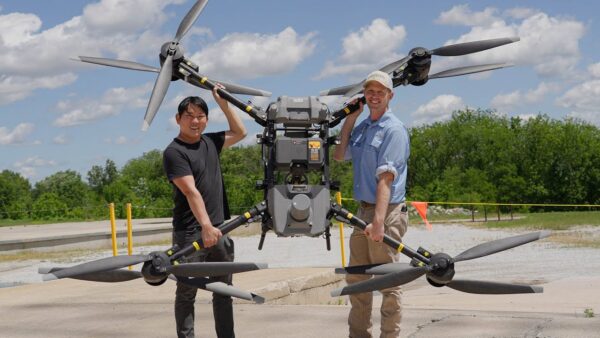
Using drones with LiDAR means you must follow specific regulations and guidelines. Here’s what you need to know.
Before you fly, you need to get the right licenses and permits. For commercial operations, such as aerial surveying, you typically need a Part 107 certification in the United States and similarly each and every country has different rule regarding drones, it is recommended to check for each country’s official civil aviation authority online. This certification ensures that you understand the rules and safety measures necessary for flying drones.
Additionally, depending on where you operate, you may need permits for specific locations. Always check with local authorities to ensure you’re compliant.
Insuring your drone and LiDAR equipment is a smart move. Accidents can happen, and having insurance protects you from unexpected costs. It’s also important for building trust with clients, as they know you have safety measures in place.

To get the most out of your LiDAR drone, it’s essential to have a clear plan for your missions. Here are some key guidelines.
Make sure you’re prepared before taking off. This includes checking airspace regulations, weather conditions, and ensuring all necessary certifications are up to date. Planning your flight path carefully will help you gather the most accurate data.
Before you start collecting data, calibrate your LiDAR system. This means adjusting it based on the conditions you’ll be flying in, such as weather or terrain. Proper calibration helps ensure that the data you collect is accurate.
Once you’ve collected your data, you’ll need specialized software to process it. Software like DJI Terra is designed to convert LiDAR data into usable 3D models. This process involves cleaning the data and ensuring everything is accurate for analysis.
LiDAR technology is becoming more popular in different sectors, such as agriculture, construction, and environmental monitoring. Businesses are discovering how effective these drones can be for tasks like mapping, inspecting infrastructure, and tracking changes in the environment.
With technology constantly improving, we can expect even more innovations in LiDAR for drones. Future developments may lead to lighter, more efficient sensors and enhanced software capabilities that make data collection faster and more precise.
LiDAR drones are becoming essential tools in mapping and surveying. Here’s a quick recap of their advantages:
Investing in drones with LiDAR technology is not just about keeping up with trends; it’s about revolutionizing how data is collected and analyzed. As more businesses embrace this technology, they will benefit from better decision-making, efficiency, and innovation.
What is LiDAR technology in drones?
LiDAR (Light Detection and Ranging) technology in drones uses laser pulses to measure distances between the drone and the surface. These pulses create highly accurate 3D maps, making LiDAR-equipped drones ideal for surveying, mapping, and terrain analysis.
How does a LiDAR drone work?
A LiDAR drone emits laser pulses that bounce off objects and return to the sensor. By calculating the time it takes for each pulse to return, the system generates a point cloud that forms a 3D model of the surveyed area, helping in detailed topographical mapping.
Which industries benefit most from LiDAR drones?
LiDAR drones are widely used in industries like construction, forestry, mining, urban planning, agriculture, and environmental monitoring. These industries benefit from precise 3D mapping, terrain analysis, and accurate spatial data collection.
What is the range of a LiDAR-equipped drone?
The range of a LiDAR drone varies by model and system. Typically, LiDAR systems on drones can range from a few hundred meters to several kilometers, depending on the LiDAR sensor’s power and the drone’s altitude.
How accurate are LiDAR drones?
LiDAR drones are known for their high precision, with horizontal accuracies reaching up to 5 cm and vertical accuracies around 4 cm. The accuracy depends on the LiDAR system used, flight altitude, and environmental factors like vegetation.
How does LiDAR compare to photogrammetry for mapping?
LiDAR provides better results in areas with dense vegetation or poor lighting, as it can penetrate obstacles like tree canopies. Photogrammetry, on the other hand, is ideal for large, open areas where visual details are more important. Both have their own use cases based on the environment.
Can a drone carry multiple sensors including LiDAR?
Yes, many drones can carry multiple sensors like LiDAR, RGB cameras, and thermal sensors. This multi-sensor approach enhances data collection by providing a more comprehensive analysis of the surveyed area.
What are the main drones compatible with LiDAR sensors?
DJI drones like the Matrice 300 RTK, Matrice 350 RTK, and Matrice 600 Pro are popular for carrying LiDAR sensors. Autel’s EVO Max and Dragonfish series also support third-party LiDAR integration.
What are the typical applications for LiDAR drones in agriculture?
In agriculture, LiDAR drones are used for terrain mapping, soil analysis, crop monitoring, and irrigation planning. They help farmers optimize land use, assess crop health, and manage water resources efficiently.
How much does a LiDAR drone system cost?
The cost of a LiDAR drone system varies widely based on the drone model and LiDAR sensor. Entry-level systems may start around $10,000, while high-end systems can exceed $100,000, depending on the features and specifications.
Enhance safety and efficiency in power line inspections with advanced drone technology.

Satellite Hurricane Imaging Satellite imagery for hurricane planning gives governments, state agencies, and emergency responders a powerful way to

What are the best Google Earth alternatives? Some of the best Google Earth alternatives are: Zoom Earth, OpenStreetMap, Sentinel Hub,

The Plaza, Radisson Blu Hotel, Dubai Deira Creek, Dubai UAE

+971 58 885 3151

Specialized in satellite data, drone products, industrial products & supply chain management.
© Copyright 2024 by XrTech Group. All rights reserved.